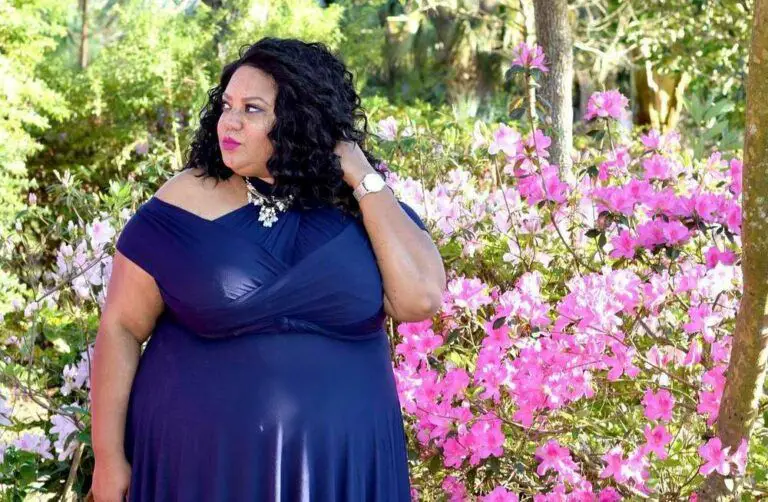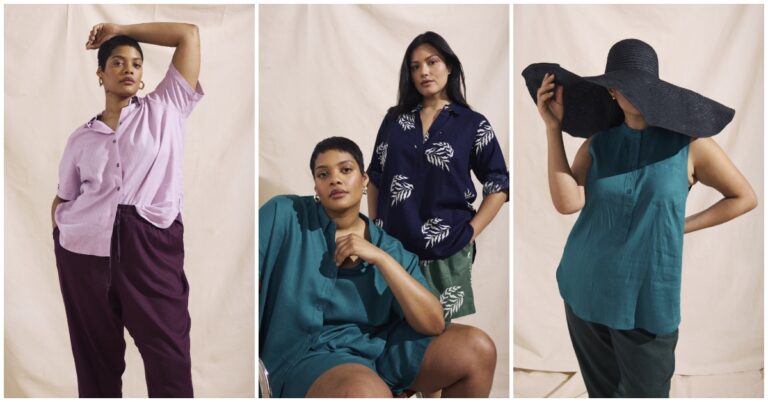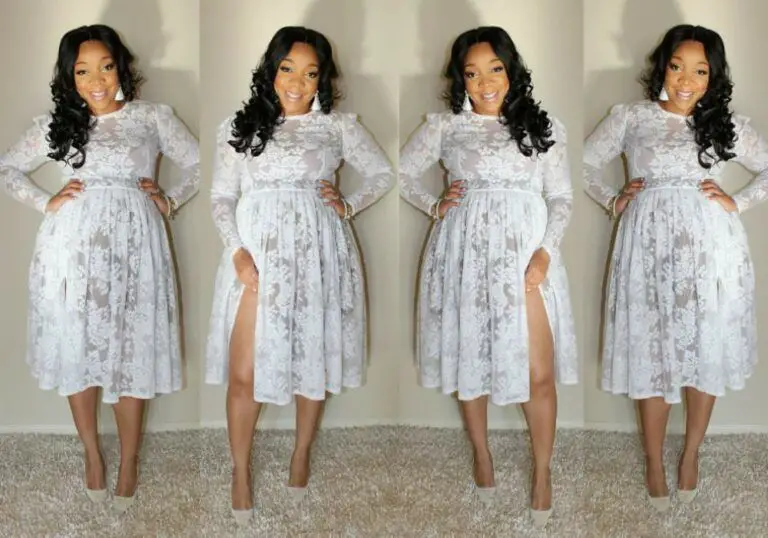Roughly 67% of American women wear a size 14 or above, yet much of the fashion industry still acts like serving them is optional. The global plus size clothing market was valued at approximately $197 billion in 2023 and is projected to grow from $125 billion in 2025 to over $202 billion by 2034, according to recent research by Polaris Market. These facts alone expose one of the biggest plus size fashion myths—that this market is “too small” to matter. Even as new wellness trends emerge, the reality remains that body diversity isn’t temporary—it’s the constant fashion keeps ignoring.
Myth 1: Plus Size Just Means Scaling Up Regular Patterns

One of the most common plus size fashion myths is that you can simply scale up a standard pattern and call it inclusive design. True plus size design isn’t just about adding inches to smaller patterns. Professional designers know that scaling up a size 8 pattern to an 18 ignores proportions, bust-to-hip ratios, and movement. Authentic plus size fashion requires patterns engineered for fuller figures—because fit is a science, not an afterthought. Many brands failed at plus size lines not because of lack of interest but because they didn’t invest in proper fit, testing, or marketing. Inclusion without understanding design is performative, not progressive.
Myth 2: Runway Representation Doesn’t Affect Retail
Runway visibility is the blueprint for retail innovation. When only 0.3% of Spring 2025 looks featured plus size models—just 26 out of 8,703—the message to buyers and designers was clear: curvy bodies still aren’t the fashion default. The absence of size diversity on runways limits what’s designed, sampled, and sold. When diversity isn’t visible at the top, it doesn’t trickle down to the racks.
Myth 3: Body Positivity Fixed Everything
Many believe the body positivity movement solved the inclusion gap, but this is one of the most misleading plus size fashion myths of all. The body positivity movement changed culture, but not enough systems. In 2020, plus size models made up 2.8% of runway casts; by Spring/Summer 2025, that number dropped dramatically. Awareness without institutional accountability doesn’t sustain progress. The next phase of inclusion requires structural commitment, not hashtags.
Myth 4: Plus Size Fashion Is Inherently More Expensive
The “extra fabric equals higher price” narrative doesn’t hold up under scrutiny. While fabric costs contribute slightly, inflated prices are often due to low production runs and poor planning. When brands integrate extended sizing into mainline production and commit to volume, cost differences shrink. Independent labels like Loud Bodies and Universal Standard prove that affordability and quality can coexist when inclusion is part of the business model—not a marketing stunt.
Myth 5: Curves Only Look Good in Loose, Flowing Styles
Perhaps one of the most damaging plus size fashion myths is that curvy figures can only wear oversized silhouettes. The irony is real—designers like Alaïa’s Pieter Mulier and Miuccia Prada celebrate the idea of curves on the runway but still cast exclusively straight-size models. Fashion loves the concept of curves but often avoids the reality. The truth? Curvy bodies look powerful in structure, tailoring, and bold silhouettes. Confidence doesn’t come from coverage—it comes from representation.
Myth 6: Online Shopping Solved Plus Size Access Problems

E-commerce opened doors but introduced new frustrations: inconsistent sizing, poor fit data, and high return rates. Without standardization, online shopping becomes guesswork. Brands that invest in tech—like 3D fit mapping, realistic mannequins, and body-inclusive size charts—are leading the way. Access shouldn’t mean compromise, and digital innovation should work for every body, not just a few.
Myth 7: The Industry Is Already Doing Enough
One of today’s biggest plus size fashion myths is that online equals inclusive. “Enough” doesn’t look like token collections or occasional campaigns. When major retailers like Old Navy and Nordstrom scaled back extended sizing, it exposed how fragile those commitments were. Inclusion that retreats under pressure isn’t inclusion—it’s convenience. True industry evolution means embedding plus size design into the heart of brand identity, not its edges.
Myth 8: The Future of Fashion Is Automatically Inclusive
Change doesn’t happen on autopilot. Despite clear data, a booming market, and endless consumer demand, systemic myths keep the industry from meaningful inclusion. The technology exists. The audience exists. The money exists. What’s missing is the collective will to design for all bodies—not just the ones deemed sample size.
The fashion industry can’t afford to cling to outdated plus size fashion myths. Inclusion isn’t charity work—it’s smart business, creative opportunity, and cultural leadership. The next chapter of fashion must move beyond performative gestures toward authentic representation. The question isn’t whether plus size consumers belong in fashion—they already do. The question is when the industry will finally catch up.







